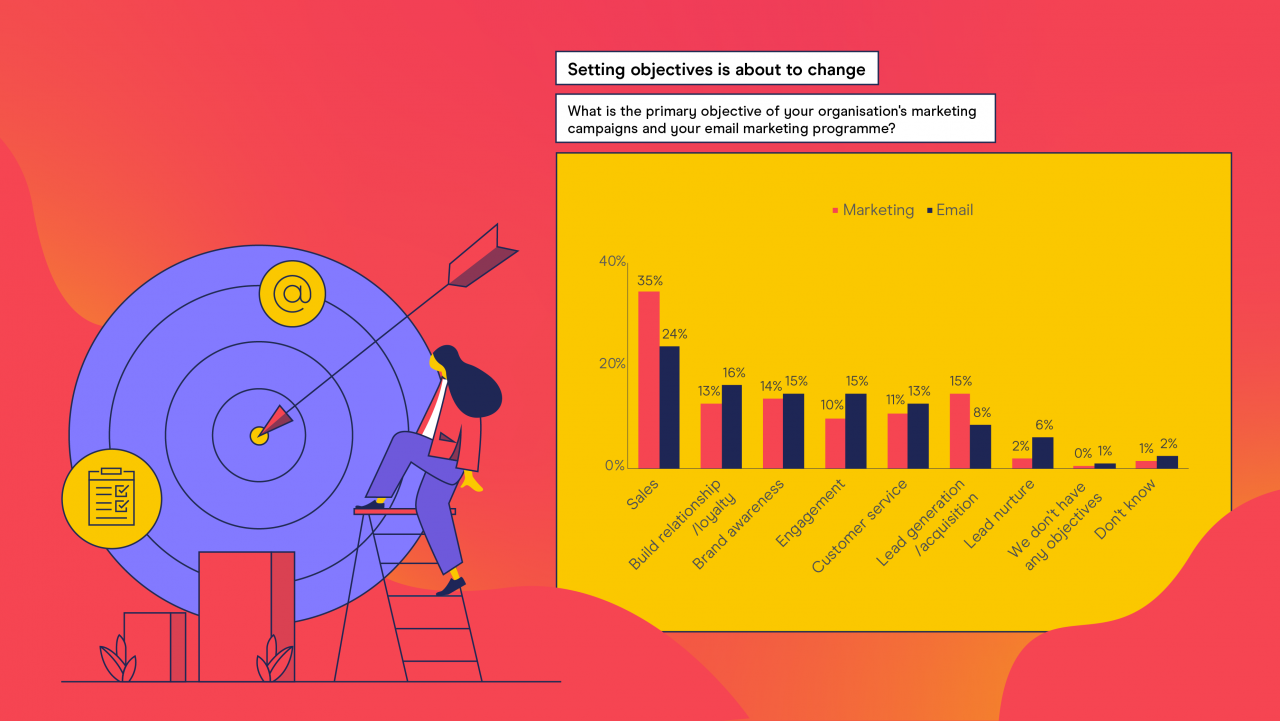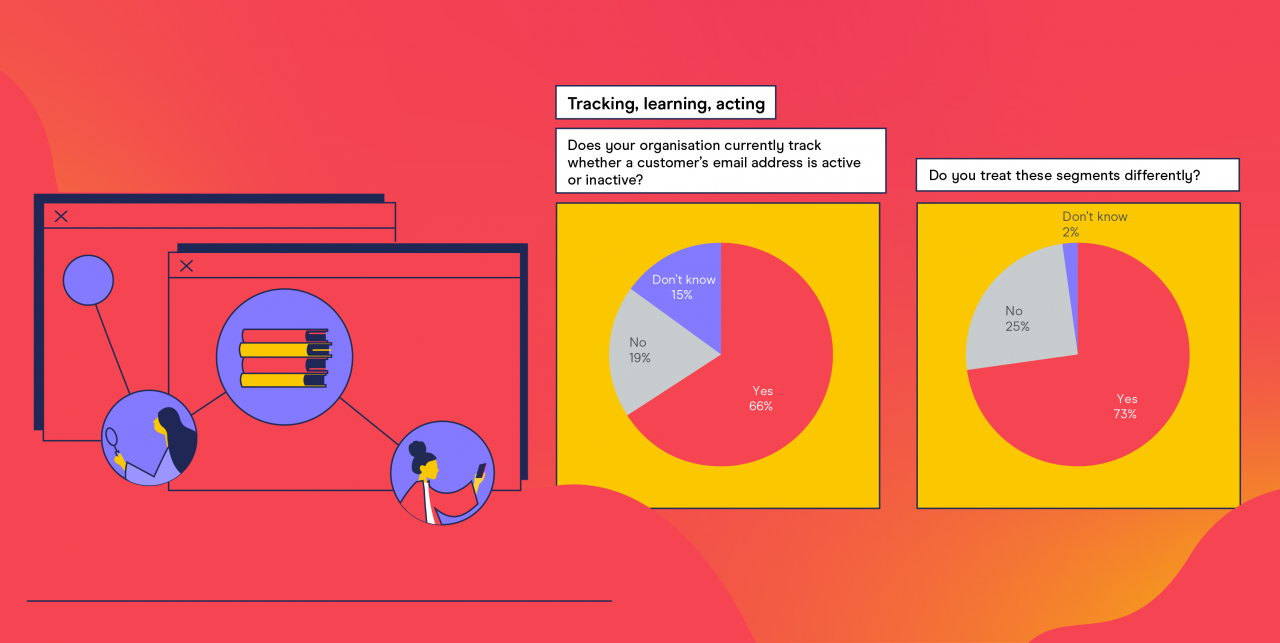DMA Insight: Email Objectives and What it Takes to Set Them Right
27 Aug 2021

When it comes to measuring success, there is no silver bullet. The first step is to define your objectives and then talk about the metrics that matter for them.
To make sure everyone within the organisation is aligned and are clear on what the objectives are, the key is creating the right environment and setting a common language, especially between junior and senior marketers.
But does everyone feel comfortable about their email marketing knowledge? Is all the required information tracked and available? Does this knowledge turn into action?
Read on to find out.

Setting marketing and email objectives is key – missing this first step will lead to confusion and misleading information when measuring success.
83% of marketers said they believe such objectives are clear to the entire marketing team (both in-house and external), leaving room for more education around communication and setting objectives.
Overall, in 2020, sales have remained the focus for most organisations’ marketing and their email programmes. However, this has fallen from 31% in last year’s study to just 24% this year. Meanwhile, those focused on customer service as an objective rose from 9% to 13%.
After a year impacted by the pandemic, these are clear signs that email has turned out as much more than a sales channel and evolved to become the preferred choice to send essential messages for many brands.

How confident are brands about their email knowledge and skills? Just around half of marketers are confident in their organisations’ abilities to manage many of the core areas of email marketing. Most concerningly, nearly one in five (17%) don’t appear to believe they have any skills or simply aren’t utilising multi-channel integrations.
Given the importance of a multi-channel approach and email’s potential to halo a positive impact on other channels (explained in this article), this is something brands should address immediately.
One in ten (11%) aren’t currently using automation to streamline areas of their email programmes. In addition, currently 14% of marketers report not conducting any email testing – a staple of any marketing programme’s ability to learn and innovate.

Tracking customers’ levels of engagement is best practice and not doing so might result in organisations not being aware of the damage they could be doing to their email deliverability.
When asked whether they currently track if a customer’s email is active or inactive, the majority (66%) said they do. However, one in five (19%) don’t and a further 15% don’t know.
Of those that are tracking inactivity, the majority (73%) are also acting on this knowledge by changing the content or frequency with which they contact these customers. Although, again, a notable proportion (25%) are not using this information at all.
In combination, these two figures mean that just less than half of brands (48%) are treating active and inactive customers differently.
Despite that 59% of businesses surveyed reported having ongoing email marketing-related training in place, this still means a third (33%) do not – while those remaining (7%) aren’t sure.
The only way to close knowledge gaps is through ongoing learning and training opportunities. To see how the DMA’s Learning powered by the IDM can help you and your business, check out our training and courses, such as:




Please login to comment.
Comments